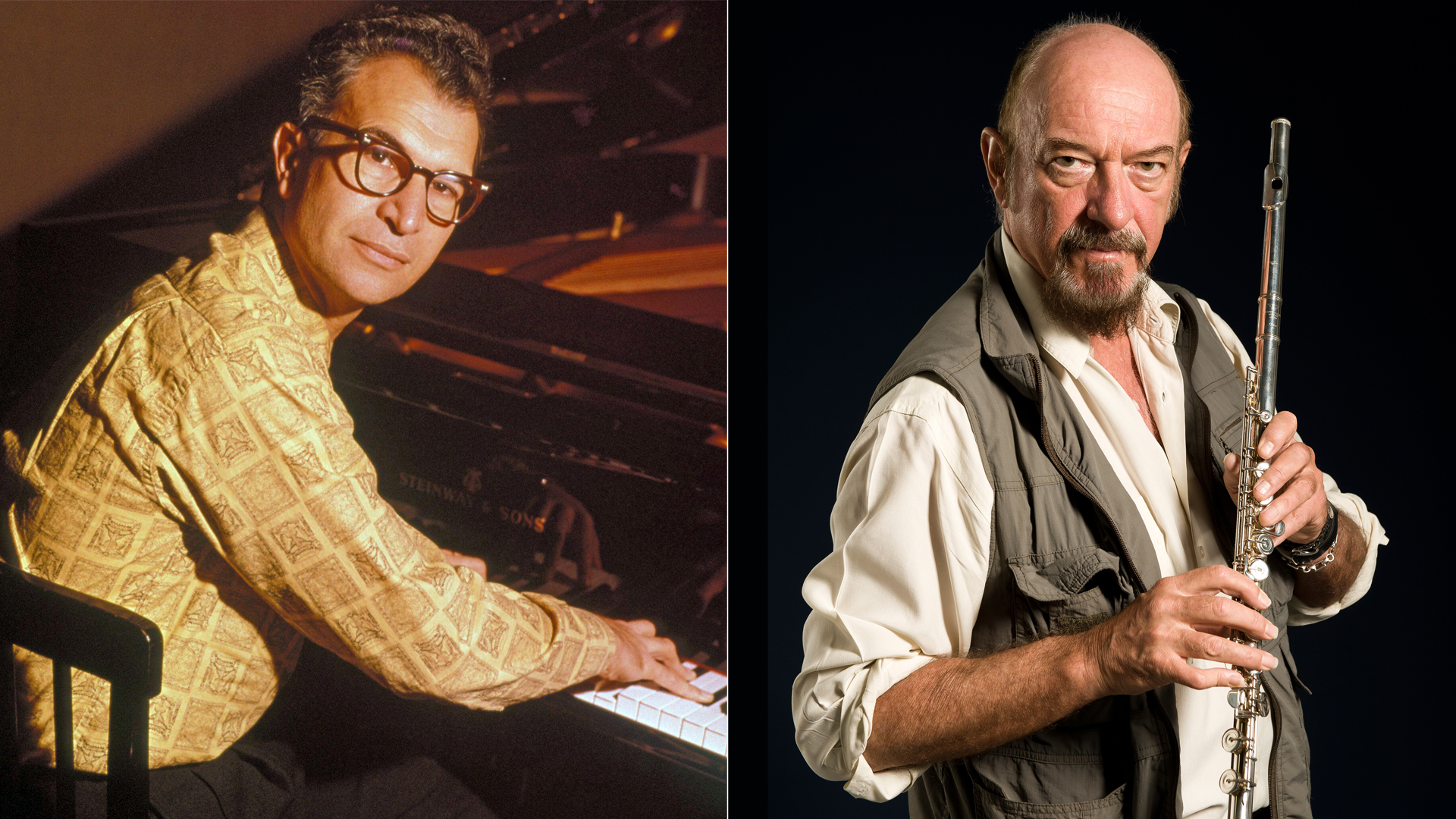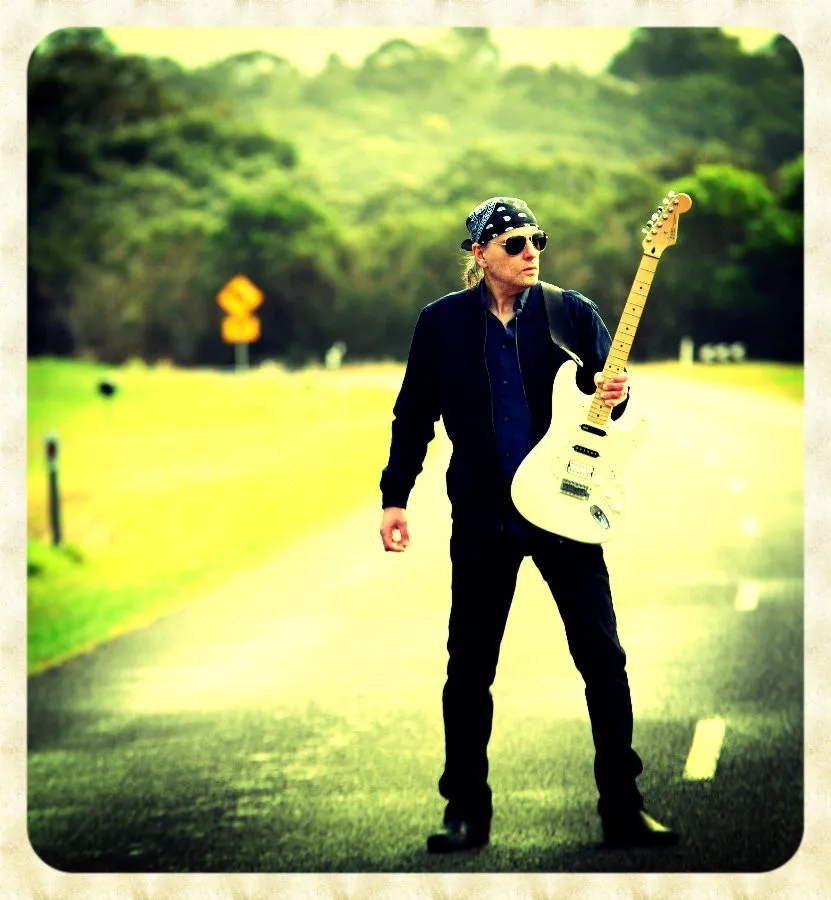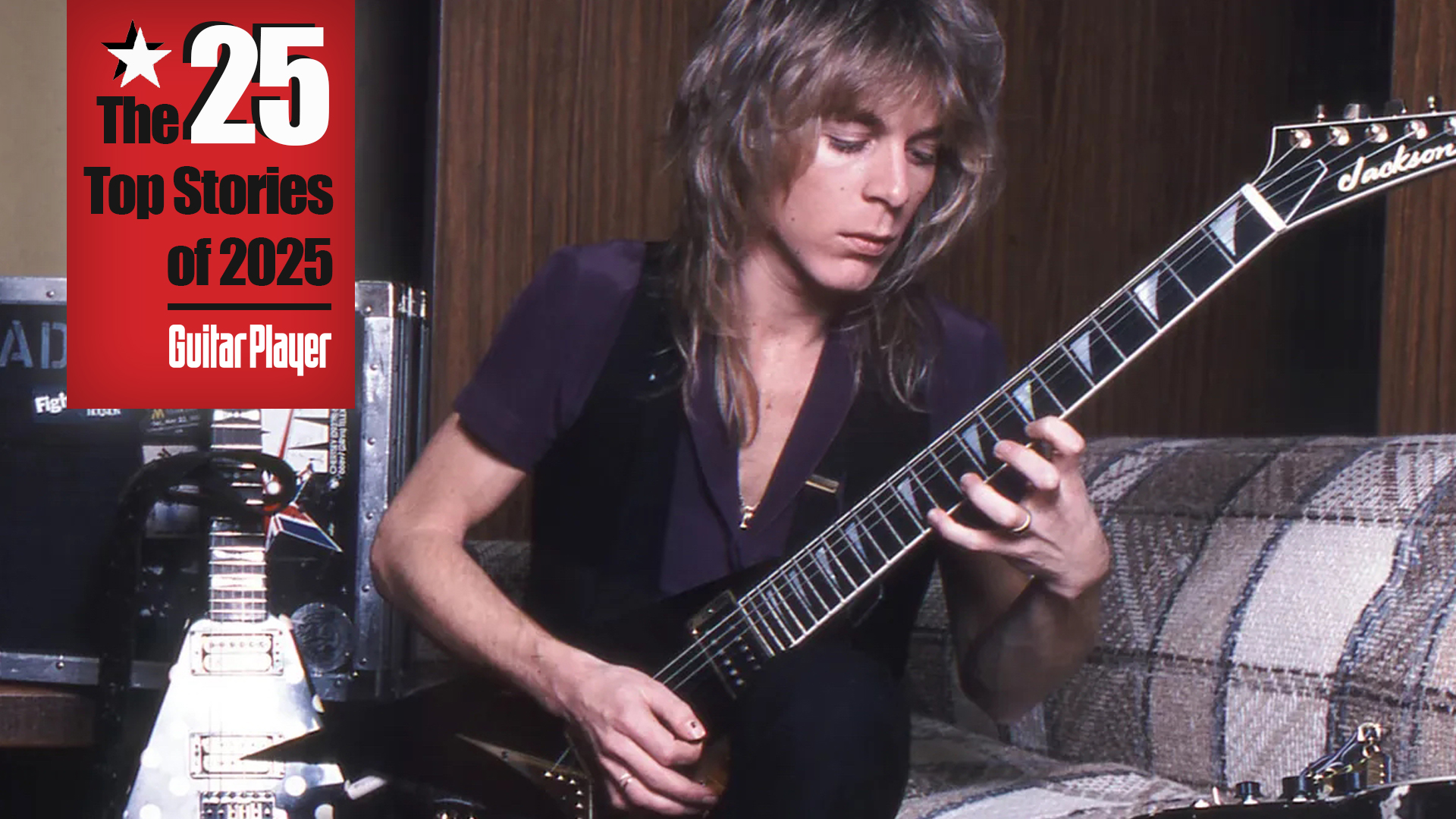“I did the least commercial thing I could think of.” Ian Anderson explains how an old Dave Brubeck jazz tune inspired him to write Jethro Tull’s biggest hit
Tull’s leader thought using the 5/4 rhythm from Brubeck’s “Take Five” would be commercial suicide, but listeners proved him wrong

When Bob Dylan went electric at Newport Folk in 1965, it was an act of aggravated self-sabotage — a provocation to those who had loved and wanted to keep them for himself. He was willing to throw it away for a new start. If the fracture felt like a disaster, it has since become celebrated as a triumph and arguably the most consequential moment of his young career.
Ian Anderson might understand a little of where Dylan was coming from and appreciate the irony of it all. In 1969, when asked to write a hit for his young prog-rock group, Jethro Tull, he responded peevishly by trying instead to create a dud of a song.
Remarkably, it became Jethro Tull’s biggest hit in the United States. And, fittingly, it all happened on American soil, during Tull’s 13-week tour in support of their debut album, This Was, released the previous October.
By the time the quartet arrived in the U.S., they were a different group from the blues-based outfit that recorded This Was. Guitarist Mick Abrahams had departed over Anderson’s new progressive-folk direction for the future prog-rockers. After a brief fling with future Black Sabbath guitarist Tony Iommi, Tull found a permanent replacement for Abrahams in Martin Barre, who was fluent on both electric and acoustic guitar.
“We had just checked into what was then a Holiday Inn on the west side of Boston by the Charles River,” Anderson tells Guitar Player via Zoom. “As we were checking in, our manager, Terry Ellis, came up to me and said we needed to record something to keep the pot boiling while we were away from the U.K. for the 13 weeks of that tour, so that we had something to release back home.
“He asked, ‘Can you write a song that we can put out as a single?’
“And I said, ‘Oh, so you're looking for a top 10 hit?’
All the latest guitar news, interviews, lessons, reviews, deals and more, direct to your inbox!
"He said, ‘Well, yeah.’
“I said, ‘Okay. I'll check in, go up to my room and be back in an hour with a song.’”
As if. Ellis apparently thought writing hit songs was akin to pushing a button on a jukebox. At any rate, Anderson had no intention of even trying to come up with the goods.
“I went upstairs to my room and thought of the least commercial thing I could possibly think of, so that it wouldn’t be a hit,” he says.
To put it another way, Anderson went “jazz.” In an era when rock and roll was full of chugging 4/4 rhythms, he conjured up a 5/4 time signature that hadn’t been popular before or since Dave Brubeck had a sleeper hit in 1961 with “Take Five.” Some two years after its initial release, the recording caught fire and went on to become the biggest-selling jazz song of all time.
As for Anderson’s new song, “I called it ‘Living in the Past,’” he explains, “as it was about as far away from being contemporary as you could be. And I thought all of that should add up to provide zero chance of it being a top 10 hit.”
It was a strange approach given that Anderson wanted an audience for his group. As he told Guitar Player in early 2025, he launched the band as blues act in the midst of the U.K.’s blues boom, hoping to gain traction before shifting gears to progressive folk.
“Musically speaking,” he said, “I used the blues to open doors into the music business and to be able to get an audience… and a record deal. [But] I never felt that’s what I wanted to do with my life.”
But neither did Anderson want to become a hit-oriented group. Hence, "Living in the Past."
Nevertheless, Ellis liked what he heard and scheduled time at Vantone Sound Studio, in West Orange, New Jersey, before the tour headed west to Seattle.
“The band recorded it in a little recording studio in New Jersey,” Anderson confirms.
But while Wikipedia claims Anderson was accompanied by "a small local ensemble of session musicians — the cheapest we could find," he says this is incorrect.
“The bass part was played by Glenn Cornick, while Martin Barre played guitar and Clive Bunker played drums,” Anderson says, naming his bandmates from the day. “We also recorded a string quartet, who were the only session guys that came along, to add that string arrangement to the song, which we doubled to give it a little bit more of a string orchestra feel.”
He recalls Martin Barre playing a Gibson SG on the session. “It was a guitar Martin didn't get on too well with,” he reveals. “It wasn't really a very good guitar, physically the neck was not really very well aligned, so he later gave it to me. In fact, I played his Gibson SG on some recordings that we did later in 1969 where we both played electric guitar.”
Following a run of mid-March dates in San Francisco, Anderson checked into United Western Recorders in Los Angeles, where he added his flute and vocal to the recording
Much to Anderson’s chagrin, when “Living in the Past” was finally released in the U.K. a few months later, it became the group's first top 10 hit, reaching number three on the singles charts.
“In the U.S.A. though, Warner Brothers declined to release it, as they believed it was not for them,” Anderson says.
Three years later, the label had a change of heart. Following the success of Aqualung and Thick as a Brick, Jethro Tull became stars in America. To capitalize on the group’s success, their label, Chrysalis, issued an album of the group’s earlier material, using “Living in the Past” as both the album’s centerpiece and title track.
“So they relented and released it as a single, and it became a radio hit in the U.S. as well,” Anderson says. “It ended up doing commercially quite well, although it was never intended to be deliberately that kind of a song.”
It was a path remarkably similar to that of Brubeck’s belated 1961 hit.
Over time, “Living in the Past” has been a choice cut for cover versions. Synth-popster Midge Ure recorded it in 1985, and English pop-funk-rocker Francis Dunnery cut it as well, with re-written lyrics, in 1994.
“And there's the one by Maynard Ferguson, the big-band jazz player,” Anderson adds of the version that took “Living in the Past” full circle back to its jazz roots. “When people cover something that I've done, I'm very flattered. But I’m more impressed when they do something using the basic elements and make it their own.”
Joe Matera is an Italian-Australian guitarist and music journalist who has spent the past two decades interviewing a who's who of the rock and metal world and written for Guitar World, Total Guitar, Rolling Stone, Goldmine, Sound On Sound, Classic Rock, Metal Hammer and many others. He is also a recording and performing musician and solo artist who has toured Europe on a regular basis and released several well-received albums including instrumental guitar rock outings through various European labels. Roxy Music's Phil Manzanera has called him "a great guitarist who knows what an electric guitar should sound like and plays a fluid pleasing style of rock." He's the author of two books, Backstage Pass; The Grit and the Glamour and Louder Than Words: Beyond the Backstage Pass.



